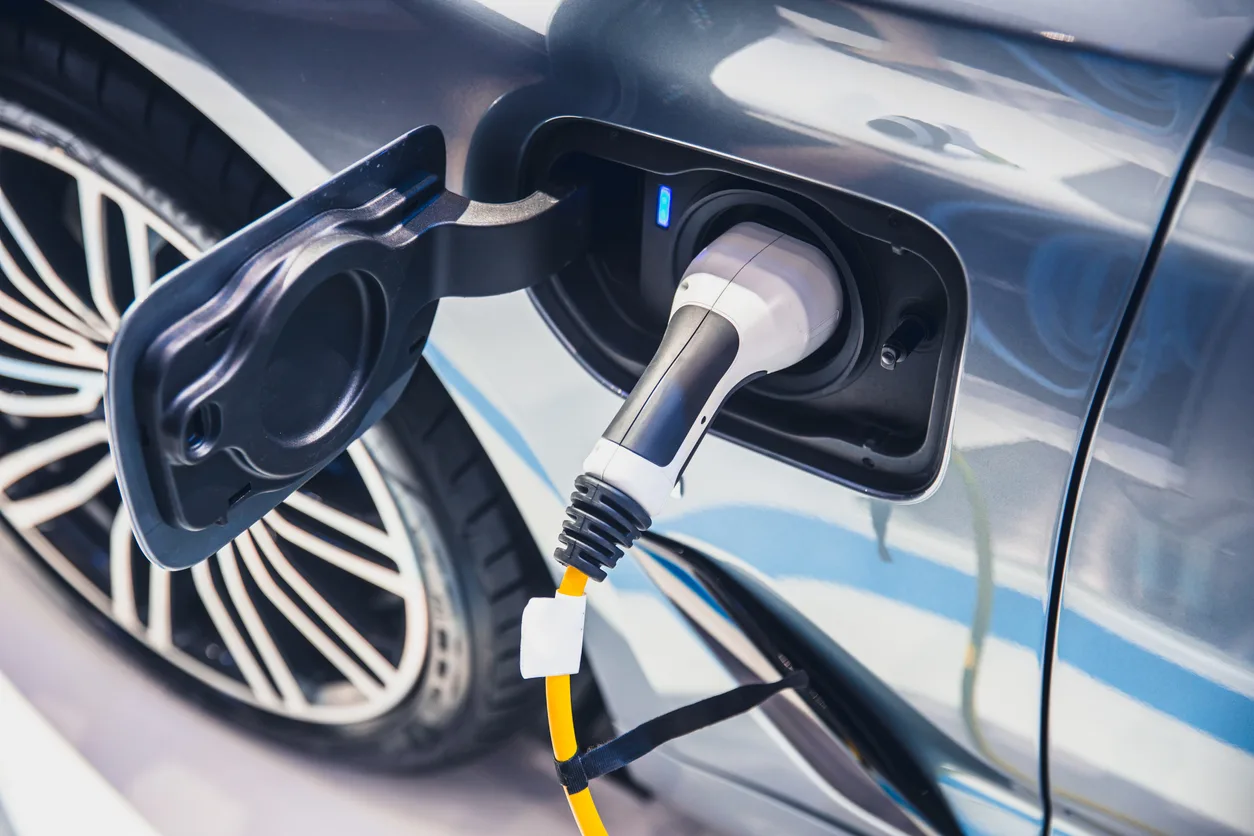The trajectory of Electric Vehicles (EVs) in Indonesia over the last decade represents a significant national effort, moving from initial research to a major industrial policy priority. Driven by the nation’s immense nickel reserves and a proactive government push towards sustainability, the period from 2015 to 2025 has established the foundational ecosystem for Indonesia’s electric mobility future.
2015–2017: The Incubation Phase
The journey began in an early stage and research focus phase. During these years, public EV usage was minimal, and the sector was primarily confined to academic institutions. Universities like UI and ITB, alongside state agencies, spearheaded early research and pilot programs. Critically, government discussions began to center on the strategic development of a national EV industry, setting the stage for future policy intervention.
2018–2019: Policy and Legal Foundations
The true political commitment began in 2018 with an initial Government push. Ministries actively drafted regulations designed to attract foreign investment into EV production. This period also saw growing attention on Indonesia’s vast nickel reserves, recognizing them as a strategic, globally significant resource crucial for EV battery production.
The turning point arrived in 2019 with the issuance of Presidential Regulation (PR) No. 55/2019. This was a major, defining milestone, launching an official, comprehensive roadmap for the EV industry. PR 55/2019 outlined clear objectives for EV manufacturing (covering both cars and motorbikes), the development of charging infrastructure, and crucial local manufacturing (localization) requirements, effectively opening the door to major foreign original equipment manufacturers (OEMs).
2020–2022: Market Entry and Infrastructure Build-Up
Following the policy framework, the market began its Introduction and Early Adoption in 2020. While sales volumes remained low, commercial models became visible. Hyundai launched the Ioniq and Kona Electric, marking the entry of global EV brands. Concurrently, Gesits, Indonesia’s first locally produced electric motorcycle, began commercial sales. This phase was backed by state-owned companies, with PLN and Pertamina starting the installation of early public charging stations (SPKLU).
2021 saw momentum build as global manufacturers committed to local production. Hyundai established an assembly plant in Cikarang, signaling preparation for domestic EV production. To stimulate consumer demand, the government introduced tax incentives for EV buyers. Furthermore, Jakarta started aggressively pushing the adoption of electric motorcycles for last-mile mobility services and couriers.
The year 2022 was defined by rapid infrastructure expansion. The network of SPKLU and battery swap stations grew significantly to support the increasing vehicle population. On the sales front, the Wuling Air EV launched and quickly became Indonesia’s best-selling EV, demonstrating strong local market acceptance for small, urban-focused electric cars. The government also began integrating EVs into public transport pilots and its own operational fleets.
2023–2025: Investment Hub and Consolidation
The commitment deepened in 2023 with an investment surge and battery industry growth. Indonesia clearly positioned itself as a future global battery and EV hub. Major developments included the construction of the Hyundai–LG Energy Solution battery plant, active discussions with global players like Tesla, and continued strategic subsidies aimed at both EV motorcycles and cars to ensure affordability.
2024 focused on policy refinement and incentives. The government adjusted and expanded EV purchase subsidies, specifically targeting electric motorcycles and vehicles that met a required minimum Local Content (TKDN) percentage. Financial support grew, with more banks and leasing companies adapting EV-specific financing options, while local brands like Polytron scaled up domestic electric motorbike production.
The ten-year timeline concludes in 2025 with consolidation and market diversification. The EV market, though still smaller than the conventional Internal Combustion Engine (ICE) market, is growing steadily. Local battery manufacturing enters its pilot production phase. The charging network is diversifying rapidly, with stations run by PLN, Pertamina, Shell, Supernova, and private mall operators. New EV brands (including BYD, Chery, Neta, and Seres) are actively entering the market, while adoption is spreading quickly through ride-hailing fleets (Gojek, Grab), logistics services, and government procurement.
Conclusion
The decade between 2015 and 2025 marks a transformative period for Indonesian transportation and manufacturing. By strategically leveraging its natural resources (nickel) and implementing clear regulatory frameworks (PR 55/2019), Indonesia has successfully shifted from a research-only environment to a dynamic hub for EV production and consumption, setting a robust foundation for ambitious electrification goals in the subsequent decade.

